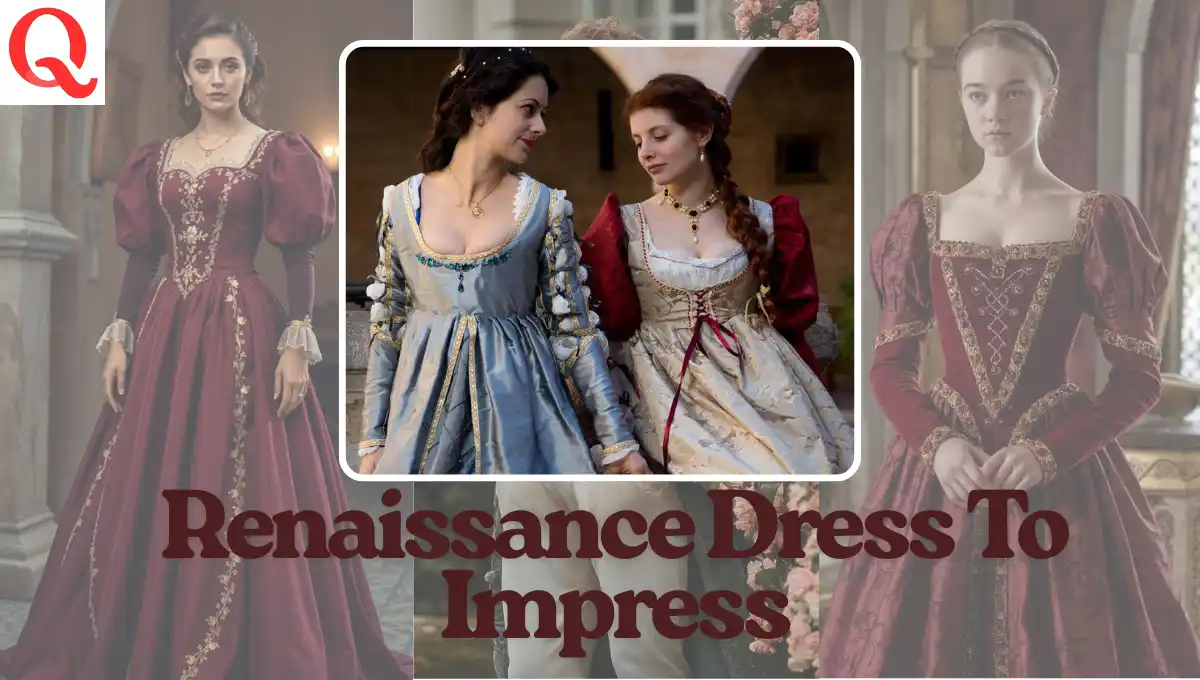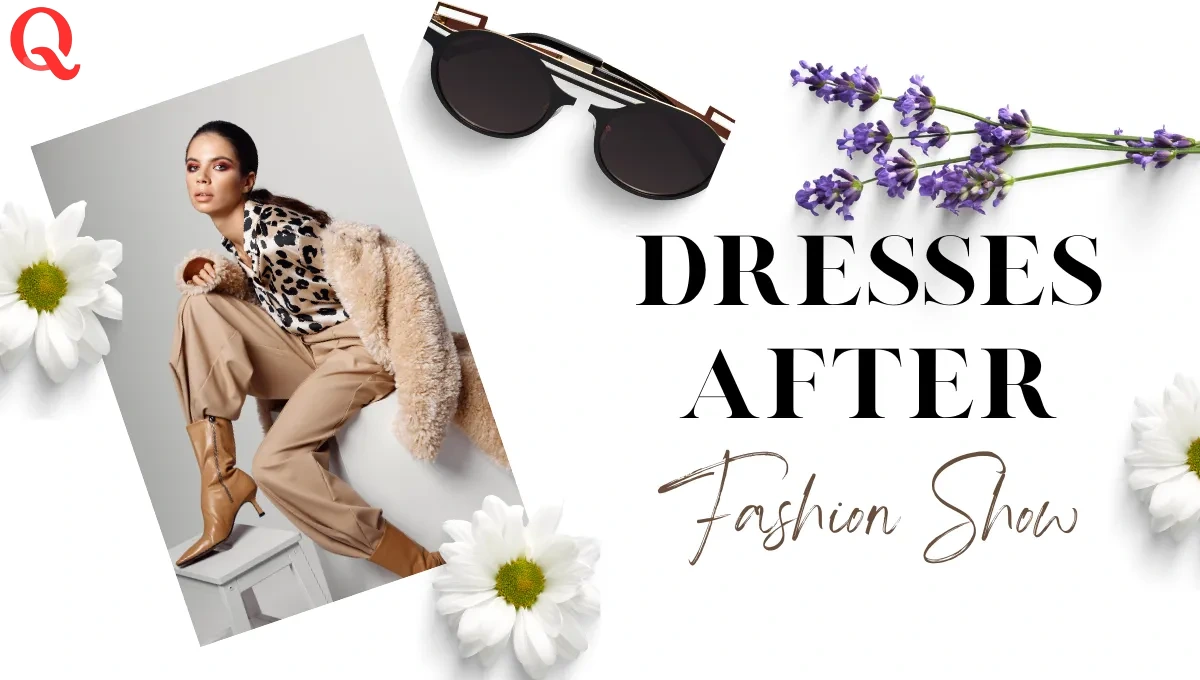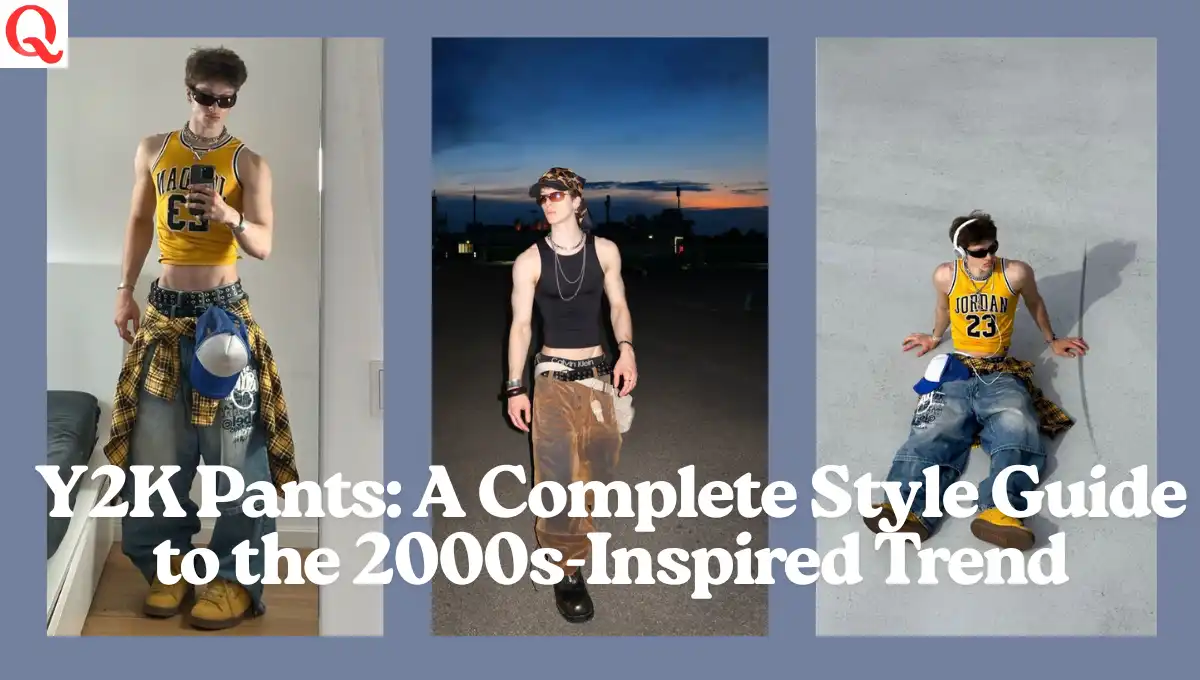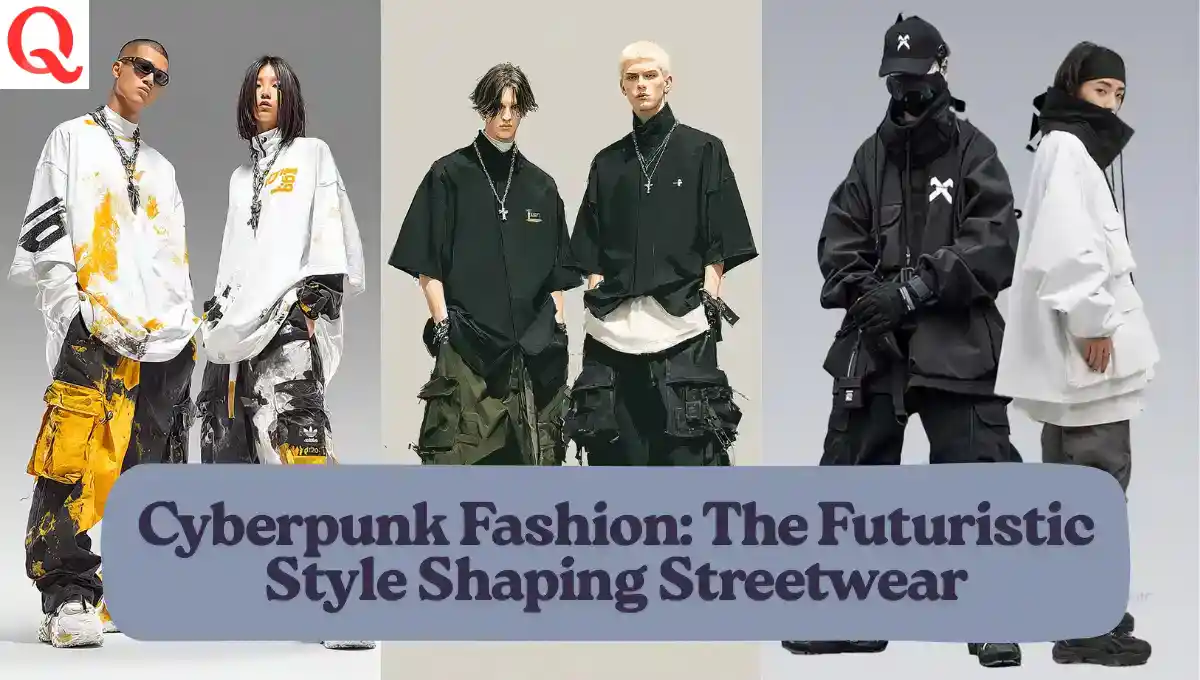When it comes to themed fashion challenges, whether it is in games, events, or virtual fantasy contests, there is a phrase that always comes up: “Renaissance dress to impress”. It conjures visions of sumptuous fabrics, flowing gowns, dramatic silhouettes, and a touch of historic flair. So, whether you are a man or a woman hoping to make an impact without premium (VIP) items, just nail the Renaissance aesthetic, which takes creativity, planning, and smart styling. If this grabbed your attention, then let’s deep dive into this article, where you will find:
- What does “Renaissance dress to impress” mean (and why it matters)
- How men and women can interpret the look
- Tips and tricks to shine without VIP / exclusive items
- Mistakes to avoid
- A sample checklist to help you build your own look
What Does “Renaissance Dress to Impress” Mean?
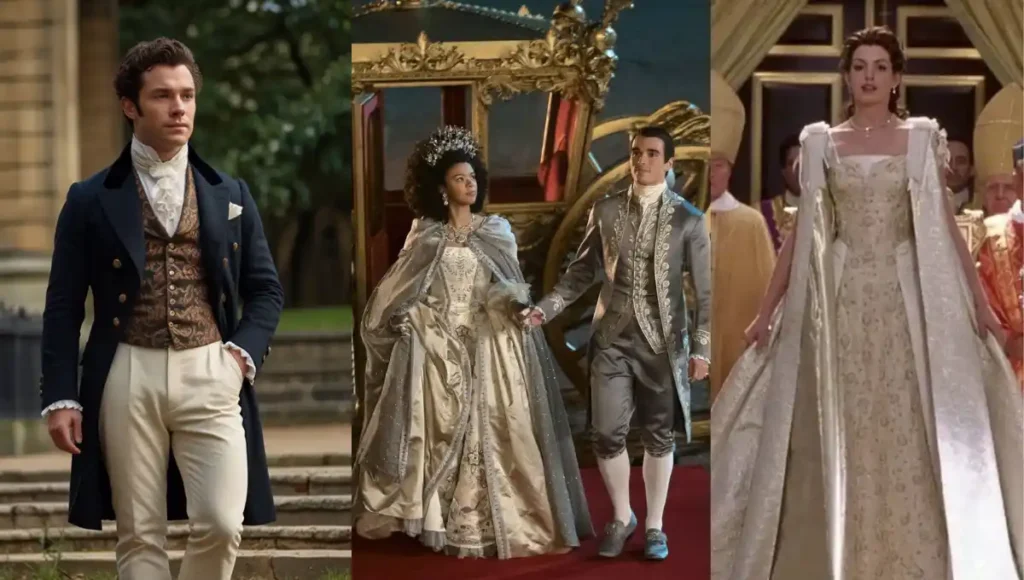
The phrase “renaissance dress to impress” refers to styling an outfit. It is inspired by the European Renaissance era, which is a part of the history books. It was way back in roughly the 14th to 17th centuries. But through time, this styling went through a fashion evolution, and we will know this with a twist of theatricality. When you wear it, you’re not just dressing in a period costume. Rather, you’re dressing to capture people’s attention and make a bold, memorable impression on their minds.
In many contexts, such as fashion games or themed runway contests, this term implies you don’t just meet the theme superficially, you own it. Think of elaborate sleeves, decorative bodices, rich color palettes, high drama in silhouette, and accessories that evoke courtly grandeur. Sounds royal, right?
It’s because Renaissance fashion often leans heavily into wealth, opulence, and ornamentation. A well-executed “dress to impress” version must find balance: it should read as historical or fantasy. But still feel cohesive and wearable (or presentable in your medium).
Also, you would have seen many communities or games have a concept of “VIP items”. These exclusive clothing pieces are accessible only to paying or premium users. So with the phrase “Renaissance Dress to Impress No Vip” becomes meaningful. It creates a knockout look without relying on exclusive pay-only pieces.
Renaissance Dress To Impress — For Women
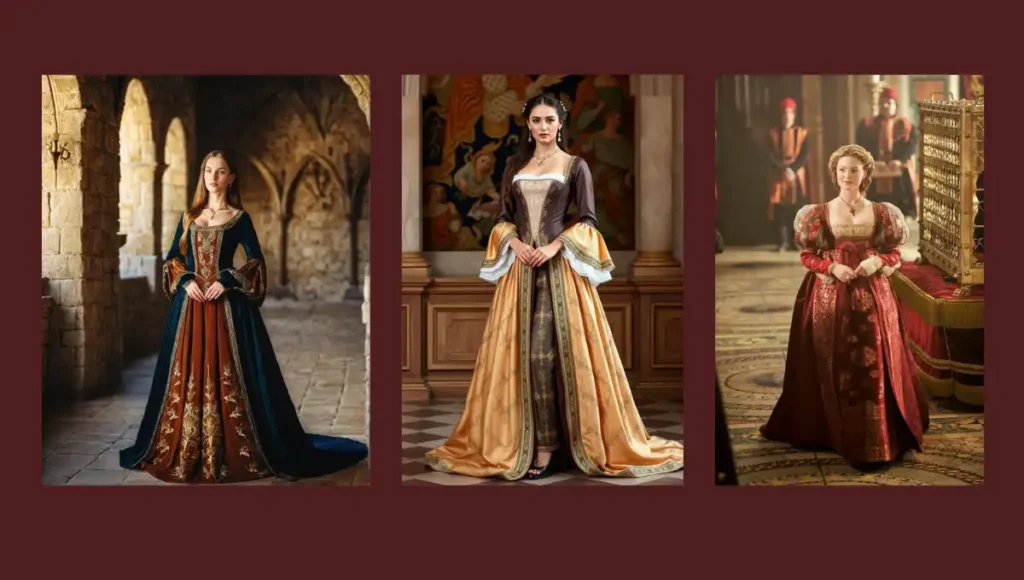
Key Elements & Silhouette for Women
Women aspiring for a Renaissance-inspired look can consider these components:
- Corseted bodices or fitted waists: The hourglass shape was often accentuated. A defined waist will ground your look, no matter whether you use a real corset or visually mimic one (laces, boning, paneling).
- Full skirts, layers, drapery: Wearing multiple skirts, overskirts, or draped fabrics adds volume and depth. Whilst ruffles, cascading panels, or tiered skirts help in evoking that old-world richness look.
- Sleeves as statements: Puff sleeves, detachable oversleeves, bishop sleeves, or slashed sleeves (cutouts showing inner layers) are hallmarks for the ladies.
- Necklines and collars: Square necks, sweetheart cuts, off-shoulder styles, or ruffs/collars can balance elegance and drama.
- Decorative detailing: Embroidery, lace trims, beadwork, metallic threads, floral motifs, or gilded accents help elevate the aesthetic.
- Color palette & fabrics: Deep jewel tones (emerald, burgundy, sapphire), warm metallics (gold, bronze), natural tones (cream, ochre), and fabrics like velvet, brocade, satin, or heavy silks work beautifully.
Styling Tips for Women
- Layer strategically: It happens when you don’t have many premium pieces. So just combine base clothing items with overlays or accessories (shawls, sashes, belts) to create that complex look.
- Play with contrast: Use a richer tone as your main piece. Then, lighter or neutral tones for sleeves or underlayers to create depth.
- Focus on focal points: This can draw eyes towards you even if other parts are simpler. All you need is a statement headpiece (flower crown, small tiara, jeweled headband) or bold sleeves.
- Use jewelry and props: Necklaces, chokers, brooches, rings, fans, or Renaissance-style gloves can add that finishing flair.
Renaissance Dress To Impress — For Men
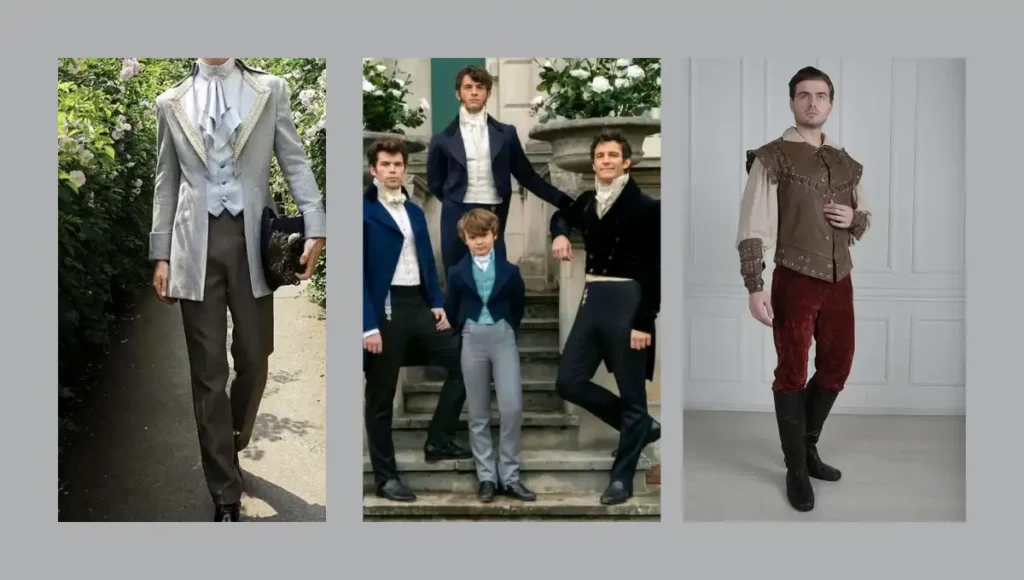
Men’s Renaissance style in a “dress to impress” context has different constraints. But still, it carries potential for dramatic flair and can grab the audience’s eyes.
Key Elements & Silhouette for Men
- Doublets or jackets: Fitted, structured tops with trim, embroidery, and decorative seams. A peplum or flared hem helps echo period styling.
- Puffed sleeves or paneled sleeves: A jerkin with puffed or slashed sleeves can show contrasting underlayers.
- Shirts with ruffs or billowy sleeves: A gathered or ruffled shirt under the outer layer gives softness and texture.
- Breeches, hose, or fitted trousers: Tapered or cropped pants. Sometimes paired with boot-style footwear.
- Capes or tabards: Draped capes, cloaks, or overgarments add drama to movement.
- Ornamental accessories: Sashes, belts, brooches, plumed hats, gloves, decorative boots.
Styling Tips for Men
- Contrast textures and layers: Mix matte and satin surfaces, combine outer doublets with an inner shirt of contrasting tone.
- Use color accents: Even one striking accent (a sash, a hat feather, a cuff trim) can elevate a look to give that royal feel.
- Balance proportion: In case you feel that the sleeves and shoulders are dramatic. Ensure the bottom half remains more grounded to avoid imbalance.
- Subtle jewelry helps: Rings, a brooch, a pendant chain, or cuff details can add dimension without overwhelming.
Creating A Renaissance Dress To Impress No VIP
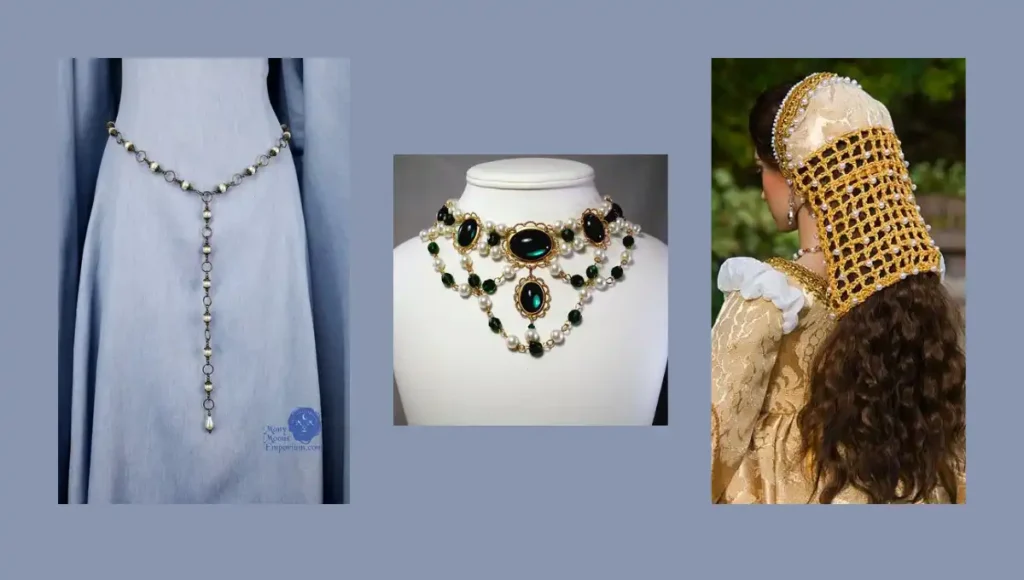
Next comes the phrase “Renaissance Dress to Impress No Vip”. This speaks to a challenge many fashion communities present: “Make the best Renaissance outfit using only non-premium / free items.” Here are some strategies to win over that challenge and keep the audience stunned with your vibrant look:
- Know your free item library: Get familiar with the items you already own and have in your wardrobe. Now, it’s time to identify the pieces that give historical vibes (flowy skirts, puff sleeves, linen textures) that you can repurpose.
- Use layering smartly: You need to combine multiple cheaper items (e.g., a plain dress + sheer overlay + belt + pendant) to present that richness.
- Modify colors: It doesn’t matter if an item is basic. If your platform allows recoloring or tinting. Always choose rich tones (crimson, gold, forest green) to evoke that royal aesthetic look.
- Strategic accessory use: You need to focus on a few accessories rather than many. A well-placed crown, or dramatic earrings, can give a “rich” feel even when the rest is modest.
- Focus on silhouette first: You must be aware of the fact that even simple pieces can shine. If the overall shape matches Renaissance proportions (fitted waist, flared skirt, dramatic sleeves).
- Creative “hacks”: Let’s be creative for a while and use items that aren’t intended for historical style (for example, sheer scarves or shawls). You can repurpose them as overskirts, sashes, or draped sleeves.
- Avoid overcomplication: Keep coherence and stick to two or three thematic cues only (e.g., puff sleeves, corseted waist, jeweled belt).
- Posing and presentation: In competitions or fashion games, the most important thing that matters is the way you present the outfit. Pose, angle, and editor tools can amplify even simple looks.
Check the steps to create a Renaissance Dress on Pinterest
Mistakes to Avoid
- Too much modern styling: Mixing in overtly modern items (sneakers, graphic T-shirts) can break the immersion.
- Overaccessorizing: Unless carefully balanced, too many accessories can read cluttered rather than regal.
- Ignoring proportions: If your skirt is too short or your sleeves too minimal, the Renaissance essence may be lost.
- Monotone blandness: A lack of contrast in color or texture makes even a well-crafted design look flat.
- Neglecting presentation: Even the best outfit can lose impact if shown poorly (bad lighting, awkward angle, weak pose).
Sample Checklist: Building Your Renaissance Dress To Impress (Men / Women / No VIP)
| Step | Focus | Ideas / Examples |
| 1 | Choose your base piece | For women: a long dress or skirt with fullness. For men: fitted doublet or jacket. |
| 2 | Define the waistline | Add a belt, corset, or sash to give structure. |
| 3 | Add sleeve drama | Puff sleeves, drapery, detachable oversleeves. |
| 4 | Layer overlays or drapes | Sheer shawls, sashes, capes, and overskirts. |
| 5 | Accent with ornamentation | Trim, lace, embroidery, jewel elements (pendants, brooches) |
| 6 | Select color palette | Choose 2–3 complementary shades (e.g., burgundy + gold + cream) |
| 7 | Accessorize mindfully | Headpiece, gloves, hat, jewelry, or props (fan, orb) |
| 8 | Final check: silhouette & coherence | Step back. Does this read “Renaissance royal / courtly”? |
| 9 | Adjust pose or presentation | Use dynamic angles or movement to highlight flowing fabric. |
Example Mini-Inspiration: A Man’s No VIP Renaissance Look
Imagine you have these things – a plain white puff-sleeved shirt, a maroon sash, black fitted pants, a neutral overcoat, and a feathered hat.
- Use the sash diagonally from shoulder to waist; tuck one end into a belt loop
- Roll the oversleeves slightly or gather them to emphasize the puff
- Add a brooch or tinted gem (even a simple one) to your chest
- Drape the overcoat partly over one shoulder like a cape
- Use your feathered hat to crown the look
- Pose in a contrapposto stance (weight shifted, hand on hip) to accentuate movement
Now, with those small touches, you’ve transformed everyday pieces into a convincing Renaissance outfit. Thus, no VIP required.
Final Thoughts
“Renaissance dress to impress” is more than a costume. Rather, it’s turned into a bold statement in today’s fashion trend. Whether you aim to seduce judges in a fashion game, turn heads at a themed party, or simply experiment with historical style. The key always lies in mastering silhouette, layering, focal details, and presentation. Men and women have their own paths to translating Renaissance flair. You don’t need VIP / exclusive items to shine if you’re clever and deliberate with what you have.
Explore more fashion-related blogs:
